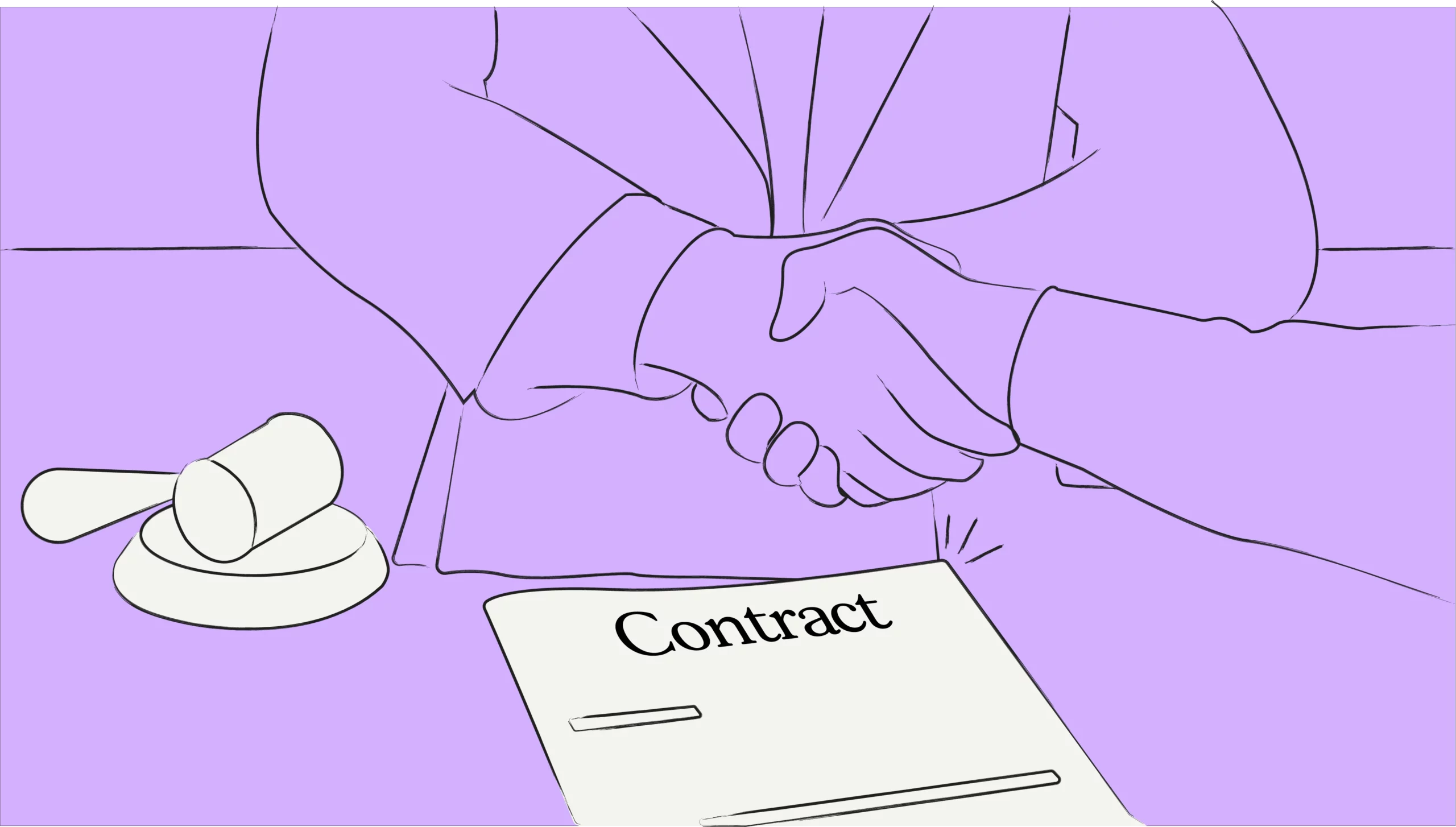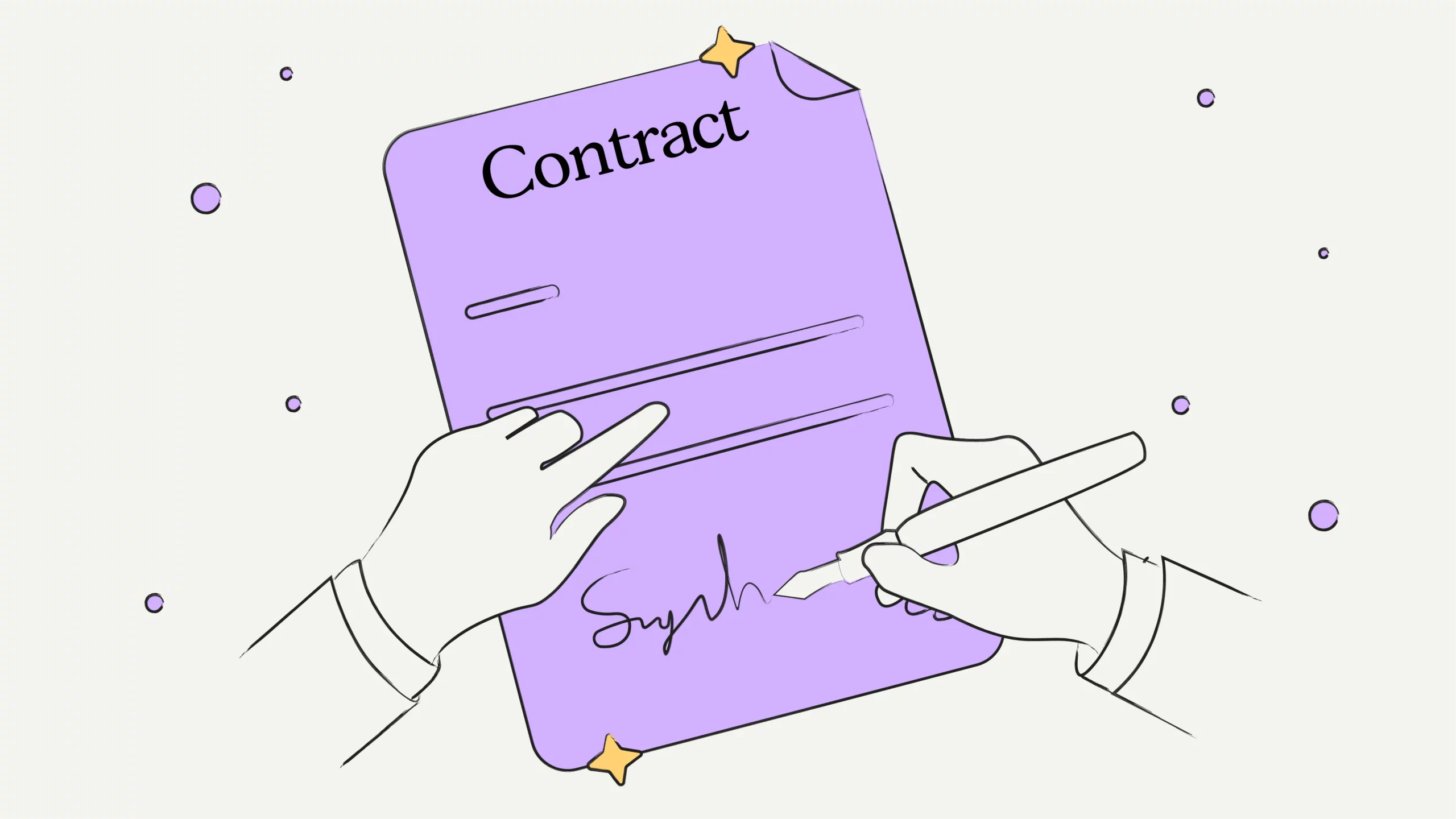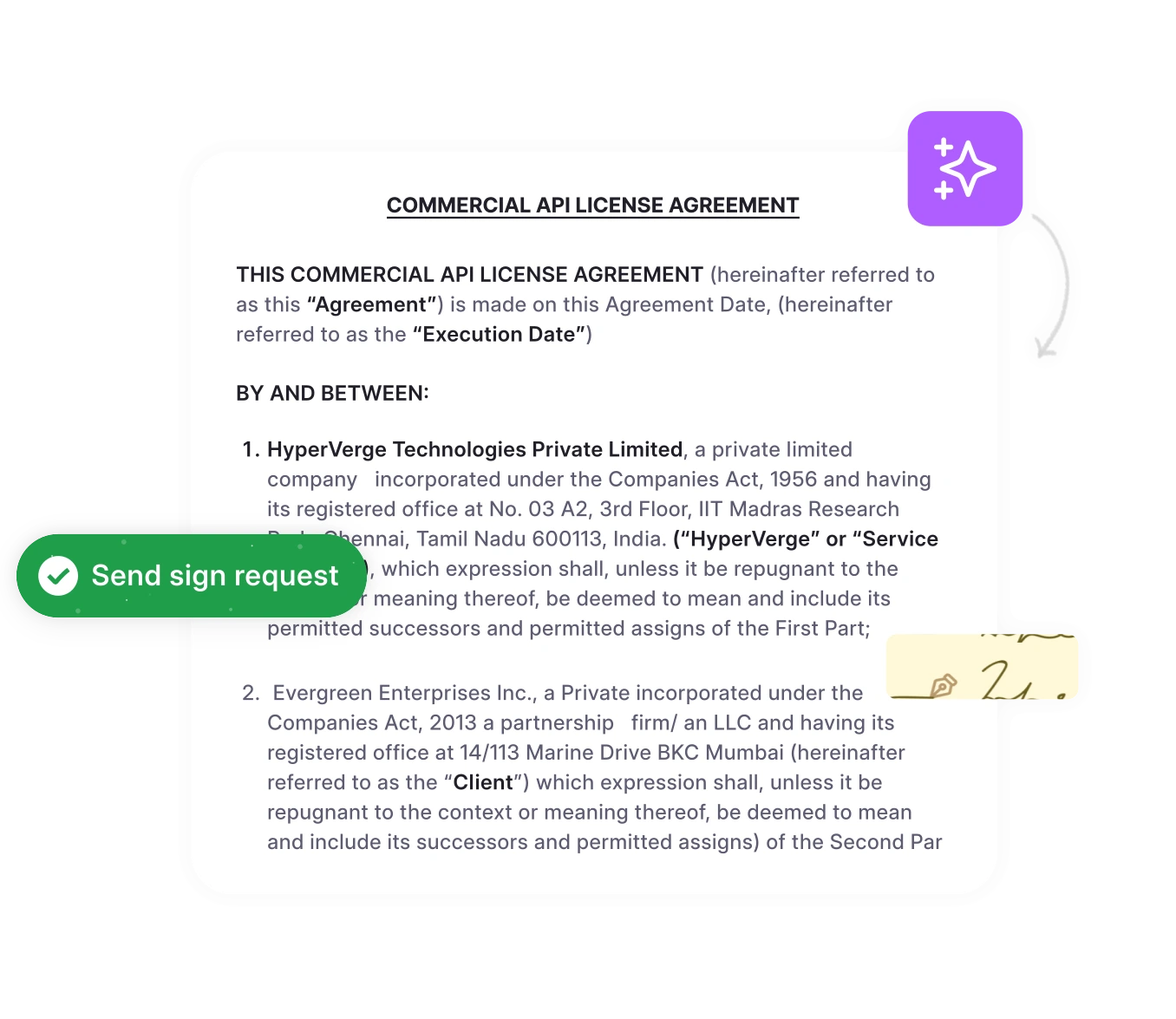For legal & compliance teams , certain documents are the bedrock for clear client relationships and efficient deal flow. Yet, the engagement letter has been relegated to a low-value, administrative task. The manual letter process often sidelines strategic legal work due to the administrative burden of contract management.
An engagement letter sets the tone for the entire contractual relationship, defines the boundaries of the engagement, and is your primary defense against scope creep and misunderstandings. Failing to use one, or using a poorly drafted one, is a significant legal and relational risk.
The cost of doing nothing
When the client intake process is slow or inconsistent, it introduces risk and eats into potential revenue. The administrative time spent on manual engagement letters directly contributes to lost productivity and increased risk. Time is lost locating documents, tracking signatures and obligations. This is time that should be spent on strategic counsel.
What Is an Engagement Letter (and How Does It Work)?
This foundational document establishes the formal relationship between a service provider—be it a law firm, CPA firm, or consulting company—and its client.
What defines an engagement letter?
The core purpose and function of an engagement letter is to establish clear expectations before work begins. This document is essential for professionals like lawyers, accountants, and consultants.
Engagement letter vs. contract: Clarifying the difference
Is an engagement letter the same as a contract? The short answer is: No.
An engagement letter is typically a less formal written document that defines the scope and terms of the relationship, which can then evolve into a formal contract, or serve as the initial agreement. It’s often not as comprehensive as a full service agreement or contract.
While both documents outline the terms of engagement, a full service agreement or contract usually contains more exhaustive clauses covering indemnification, complete dispute resolution protocols, intellectual property, and detailed termination procedures.
| Feature | Engagement Letter | Full Service Agreement (Contract) |
| Primary Goal | Define initial scope of services and expectations. | Comprehensive outline of all legal and commercial terms. |
| Formality | Typically less formal. | Highly formal, full legal agreement. |
| Key Clauses | Scope, fee structure, responsibilities, communication protocols. | All of the above plus warranties, liability caps, governing law, etc. |
Who prepares a letter of engagement?
The service provider—such as a legal head, legal counsel, CPA, or consultant—typically prepares the letter of engagement to present to the prospective client, ensuring their firm’s terms and compliance standards are met.
8 Essential Elements to Include in Every Engagement Letter
A robust engagement letter is your best defense against misunderstandings and protects your professional legal experience.
Here are the essential contract clauses of an engagement letter:
- Clarity on Scope of Services: Detail what will and won’t be done. This is the most common source of disputes.
- Defining Client and Firm Responsibilities: Setting expectations for both parties.
- Payment Terms and Fee Structure: The critical commercial details, formalizing the fee agreement.
- Communication Protocols: Outlining how and when each party should be contacted.
- Termination and Withdrawal Clauses: Outlining exit strategies.
- Dates, Service Terms, and Period of Engagement: Setting the timeline.
- Conflict Disclosure and Confidentiality: Protecting both parties.
- Signatures and Date Lines: Making it official.
Also read: How to Write a Contract: Complete Guide for Legal Teams
Stop losing hours to admin
Elevate your legal impact by automating routine documents like the engagement letter. HyperStart AI-powered CLM cuts review time by 90% and keeps your teams focused on strategy.
Book a DemoBeyond the Basics: Building a Relational Foundation
While the 8 elements cover the essential compliance and financial aspects, a truly effective engagement strategy builds a strong, aligned relationship. This goes beyond the mere transactional exchange.
The Power of a Shared Vision
The concept of a shared vision might seem soft, but it’s crucial for long-term success, especially in complex lawyer-client relationships.
A good shared vision should:
- Not be too long
- Paint a successful common future
- Be aligned to both parties’ strategic priorities
When you have a good shared vision, everyone involved is engaged and willing to get down to work. This shared goal helps break down the vision into strategic objectives.
For example, Vancouver Coastal Health and their strategic partner for environmental services created this shared vision:
“Patient and Resident focused Environmental Services that are of the highest quality and reliability. Our commitment to collaboration, innovation, and shared governance will drive value and create an exceptional healthcare environment for all.”
Read also: Letter of Intent: Purpose, Structure, and Benefits
Incorporating the Vision into the Agreement
To make this vision legally relevant, you can agree on clauses regarding contract interpretation. These clauses state that when the agreement is ambiguous or silent, the contract shall be construed in light of the shared vision and guiding principles.
As part of creating a relationship with aligned interests and maximized value creation, you should also jointly work out:
- The economic model that best incentivizes the parties to achieve the shared vision and strategic objectives.
- The best governance structure and mechanisms to enable the parties to achieve their shared vision and strategic objectives while also dealing with change and unforeseen events.
Read also: A Guide to Contract Extension in Contract Management
From Manual Hours to Strategic Minutes: Automating Your Engagement Process
The administrative burden is real. The disconnect is how manual letter processes sideline strategic legal work. The traditional view of contracting as a back-office administrative function is becoming obsolete.
The High Cost of Manual Processes
Manual processes introduce unnecessary financial and ethical risk. To strengthen the case for automation, consider these data points:
- A 2023 study by World Commerce & Contracting found that poor contracting practices lead to an average value erosion of 8.6% of a contract’s value
- The majority of this loss occurs during the performance phase, often stemming from initial misalignments that a clear engagement letter could prevent
How Automation Elevates the Legal Team
Automation elevates the process, moving legal from a bottleneck to a business enabler. Al-powered CLM (Contract Lifecycle Management) systems are essential for modernizing the client intake process and ensuring legal compliance.
Key ways automation streamlines the process:
- Al-Assisted Drafting: Using intelligent templates and AI to generate the first draft (saving days/weeks).
- Automated Workflows: Routing approvals smartly and efficiently.
- Secure Storage and Retrieval: Moving from 30-minute searches for old fee agreements to 2-second retrieval.
Research into CLM adoption shows that Al-powered systems can reduce contract review times by up to 90%, directly converting saved administrative hours into strategic minutes for legal teams.
The future of legal is collaborative. Start today.
Your organization needs you to focus on strategic decisions, not manual paperwork. See how HyperStart CLM puts you back on your best game.
Book a DemoClosing
The future of the foundational document is both automated and strategic. By automating routine documents like the engagement letter, you allow your legal teams to focus on high-value, strategic work.
The shift from the traditional, manual view to a strategic, automated one is how legal & compliance teams secure their competitive edge. It is the key to minimizing risk, improving client trust, and maximizing efficiency.











